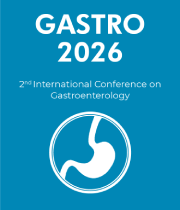Liver Disease
Liver disease is a broad term used to describe any condition that impairs the healthy functioning of the liver, the organ responsible for filtering out toxins from the body. Commonly seen liver diseases include hepatitis, cirrhosis, fatty liver, and primary biliary cirrhosis. Hepatitis is an infection of the liver caused by a virus. It can be acute, meaning it has a rapid onset and short duration, or chronic, which is more serious and lasts longer. Symptoms of hepatitis include jaundice, fatigue, abdominal pain, and loss of appetite. Cirrhosis is a condition in which the liver is scarred and unable to function correctly. It is often caused by long-term alcohol abuse and is characterized by yellowing of the skin and eyes, swelling of the abdomen, and fatigue. Fatty liver is a condition in which fat accumulates in liver cells, impairing the organ’s ability to properly process nutrients and eliminate toxins. Symptoms of fatty liver can include pain in the upper right side of the abdomen and fatigue. Primary biliary cirrhosis is a rare liver disease in which the bile ducts become inflamed and blocked, leading to liver damage.



